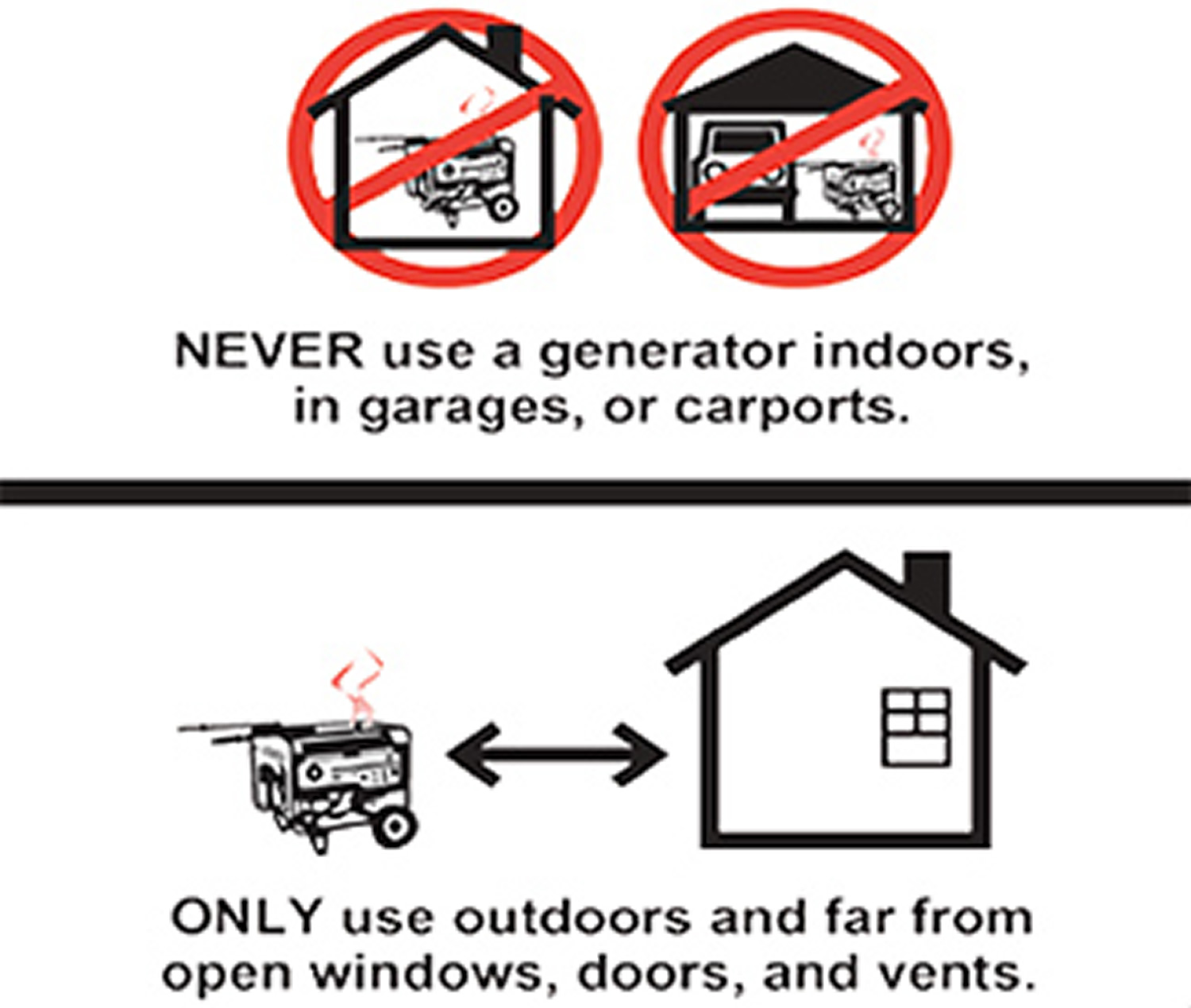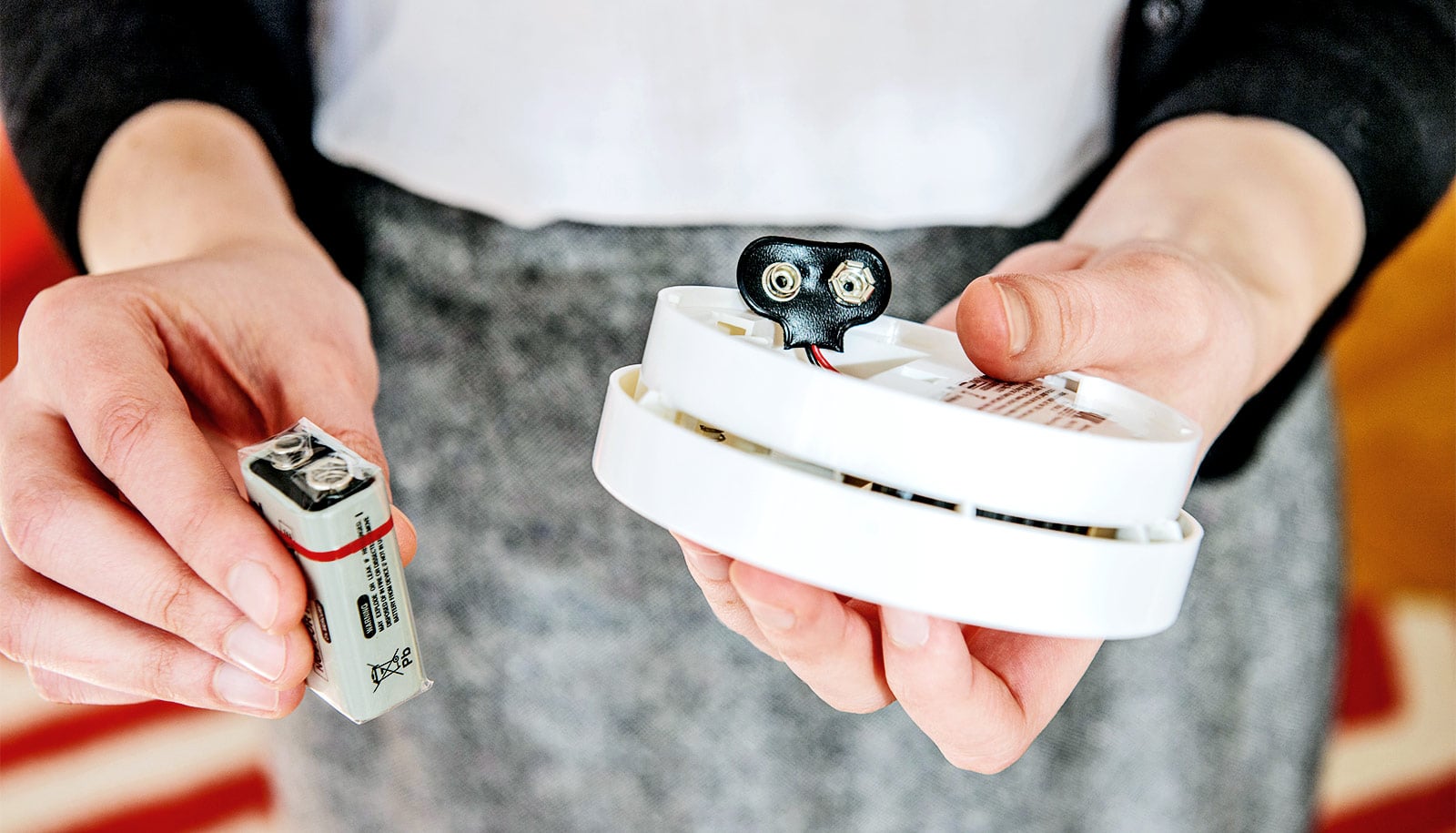Carbon monoxide leak at Lawrence building sends several people to hospitals
Table of Content
Be particularly cautious if you have an attached garage. Leaving your car running in a space attached to the rest of your house is never safe, even with the garage door open. Carbon monoxide poisoning can be particularly dangerous for people who are sleeping or intoxicated. People may have irreversible brain damage or even die before anyone realizes there's a problem.
Your local fire department or utility company may be able to help. Those in whom carbon monoxide poisoning leads to unconsciousness. Fetal blood cells take up carbon monoxide more readily than adult blood cells do. This makes unborn babies more susceptible to harm from carbon monoxide poisoning. It is produced any time a fossil fuel is burned and it can cause sudden illness and death.
What to do if you think you have carbon monoxide poisoning
Let your car or truck idle in an enclosed space, such as a garage. It's helpful to know the person's weight, age, general condition, and how long they've been exposed to carbon monoxide to tell the operator. Have all cooking and heating appliances which use fossil fuels serviced regularly by a qualified and registered engineer, for example Gas Safe Register , HETAS and OFTEC . Children may be more sensitive to the harmful effects of carbon monoxide than adults.

You’ll be given an oxygen mask to breathe through to provide pure oxygen. Cars release carbon monoxide, so you can get carbon monoxide poisoning if you let your car run in your garage. Even when you get out of the area, you still need emergency medical help. Call emergency services if you think you or someone else has carbon monoxide poisoning. "Because if I didn't receive the proper treatment for the carbon monoxide poisoning, if I were to fall asleep I wouldn't wake up."
Full Text Sources
Brain computed tomography or MRI is also recommended in these cases; these tests may show signs of cerebral infarction secondary to hypoxia or ischemia. The potential damage caused by carbon monoxide is cumulative, so any symptoms or complications of exposure will depend on how much CO is in the blood and how long it's been there. The most effective way to rid someone's body of carbon monoxide is to give them 100% oxygen as soon as they've been diagnosed with CO poisoning.

In some cases, the actual concentration of carbon monoxide in an environment isn’t particularly high. However, long-term exposure can still lead to various issues and conditions such as peripheral artery disease, cardiomyopathy, and neurological problems. Long-term carbon monoxide poisoning often damages the brain, causing memory loss, tremors, and trouble speaking. High levels of carbon monoxide can eventually be fatal if the affected person doesn’t receive treatment. If you have gas lines in your house, you may have wondered how carbon monoxide poisoning is treated. Carbon monoxide poisoning can happen in places where you have gas heating or a gas stove.
MedTerms Medical Dictionary
An unvented space heater uses combustible fuel and indoor air for the heating process. It vents the gases it makes into the room, instead of outdoors. A space heater that is not installed right or not working properly can release carbon monoxide and other toxic fumes into the room and use up much of the oxygen in the room. Researchers have yet to determine the best treatment for carbon monoxide poisoning. Most modern treatments aim to remove the harmful gas from the body as quickly as possible.
Between 1990 and 2019 in the UK, total releases of carbon monoxide to the environment have decreased by 79%. In indoor environments, oil, gas or kerosene heaters and faulty gas appliances produce significant amounts of carbon monoxide. Natural sources of carbon monoxide in the air include volcanoes, chemical reactions with light and natural fires. The molecular mechanisms of CO poisoning include oxidative injury through the generation of free radicals. In addition, oxygen therapy might enhance the reactive oxygen species production and result in reperfusion injury. Free radicals could induce a serious impact on vital organs, including the heart, and brain.
Carbon monoxide binds to hemoglobin and converts it to a molecule called carboxyhemoglobin. Hemoglobin is the protein responsible for transporting and using oxygen. The symptoms that result from interference with hemoglobin include headaches, nausea, dizziness, and fatigue. These symptoms closely resemble the effects of conditions that affect the brain or that cause oxygen deficiency or hypoxia.

Using barbeques or camping stoves inside, and turning on vehicle or lawn mower engines in your garage, can also cause a build-up of carbon monoxide. They may get worse when you spend time in an affected room or building and get better when you leave or go outside. Poison Ivy, Oak, and Sumac Poison ivy, oak, and sumac contain a substance called urushiol, which causes a rash on people who come in contact with them.
Considering the patient will receive traditional oxygen administration during the waiting period, the benefit of a slightly faster treatment might already be lost. Plus, if multiple patients are affected by carbon monoxide exposure, only one at a time can be treated in the hyperbaric chamber. For instance, if you receive 100% oxygen, the elimination half-life of carbon monoxide in your blood would take 74 minutes. Half-life is a measurement of the time it takes to eliminate half of a substance in the body. For complete elimination of the carbon monoxide, it would take 370 minutes —about six hours. The basic treatment for carbon monoxide poisoning is to administer high-flow oxygen using a non-rebreather mask.

Instead, carbon monoxide poisoning is dependant on the concentration of carbon monoxide and the time a person spends exposed to it. Get into fresh air immediately and call 911 or emergency medical help if you or someone you're with develops signs or symptoms of carbon monoxide poisoning. These include headache, dizziness, nausea, shortness of breath, weakness and confusion. Carbon monoxide poisoning can cause severe injury or even death.
For damage to your brain or heart from oxygen loss, you may need other therapy, including medication or intensive care. One analysis of randomized trials found mixed results looking at the neurological outcomes of carbon monoxide patients receiving hyperbaric oxygen therapy. Treating carbon monoxide poisoning requires, at a minimum, breathing 100% oxygen concentration for several hours to rid the bloodstream of carbon monoxide. Your healthcare provider can do a blood test soon after CO exposure to detect carbon monoxide poisoning.

Space heaters, water heaters, fireplaces, vehicles, furnaces, and many other objects release fumes that contain carbon monoxide. Though they typically do not release dangerous levels, the concentration of the gas in the air can dramatically increase in areas with poor ventilation. Many cases of carbon monoxide poisoning occur when people spend time near these objects unaware of the high levels. Even lower levels of exposure, however, can cause long-term adverse effects on the heart, brain, and nerves if the exposure is prolonged.
Carbon monoxide poisoning can be treated if you seek immediate medical attention. Symptoms appear or seem to get worse when using fuel-burning equipment. Don’t use a generator, pressure washer, or any gasoline-powered engine less than 20 feet from any window, door, or vent.
Comments
Post a Comment